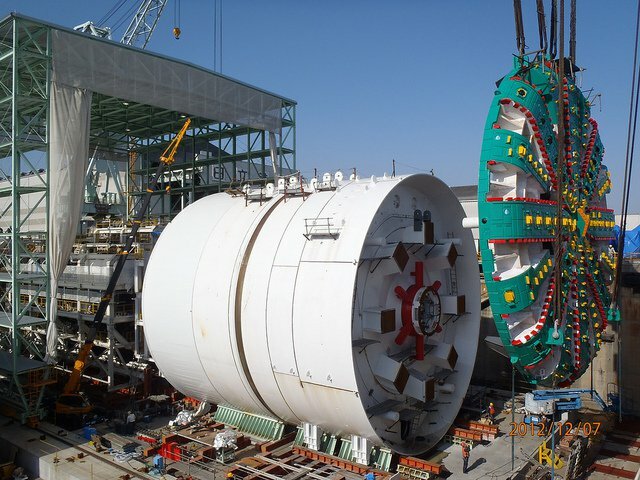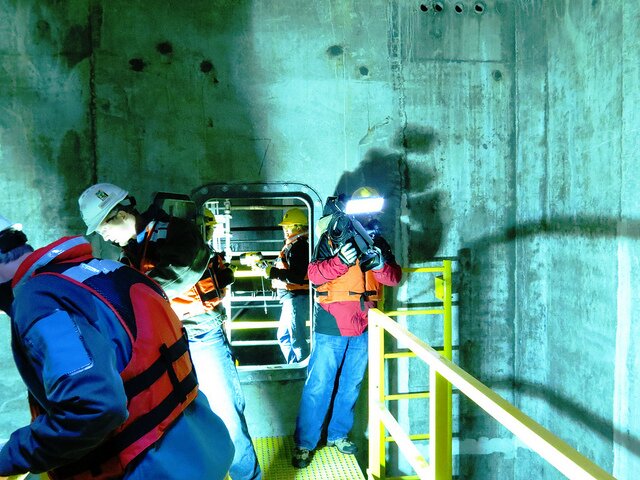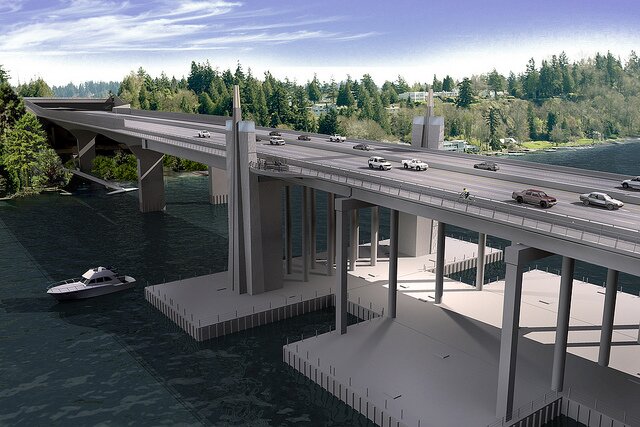Traffic on I-5 at Mercer Street may or may not be horrible this weekend, says Seattle’s Department of Transportation. Though there’s a full weekend closure of the I-5 on- and off-ramps at Mercer Street scheduled to start today, June 7, at 11 p.m. (and last until 5 a.m. Monday), the work is dependent on the weather. If you need to use the I-5 Mercer exit or onramp, pray for rain.
If you’re planning on attending the ballet tonight, expect delays as you leave the show. If the closure occurs, crews will install new drainage facilities, repair the offramp roadway base (then repave and stripe it), install guardrails on both ramps, and continue working on sign bridges across the ramps. To confirm what’s happening, check Seattle’s live traffic map. 10,000 people are expected at Key Arena for SPU’s graduation ceremonies Sunday afternoon — if they haven’t heard about the Mercer exit, I-5 could be nasty.
PS: If you work near the Federal Building downtown, you may want to clear out before the Protest for South Africa March arrives in time for today’s rush hour. If you negotiate that successfully, do not drive toward Fremont, where the Fremont 5K and Briefcase Relay begins at 6 p.m.
In 520 bridge news: “Two of the four cracked pontoons for the new Highway 520 bridge will be towed back out of Lake Washington and hoisted aboard dry docks — where engineers think they can be fixed faster than if they stay in the lake,” reports the Seattle Times‘ Mike Lindblom, who also says the cracks are due to design errors by state engineers. Repairs are said likely to run in the tens of millions of dollars, which may erase the project’s contingency budget. (More on the cracked pontoon saga here.) The bridge’s completion is being pushed back as well.
On the SR 99 tunnel front: PubliCola has been following the blowback from tunnel toll projections. Tolls were initially supposed to bring in $400 million, but that was revised to $200 million, and then to $165 million. But “King, Eide, and Clibborn informed OFM that they’re expecting the full $200 million from tolling, meaning they have no intention of authorizing $35 million to pick up the tab on extra costs for Seattle’s tunnel project,” says PubliCola, intimating as well that any bad news for tunnel funding is good news for Mayor McGinn’s re-election campaign.



